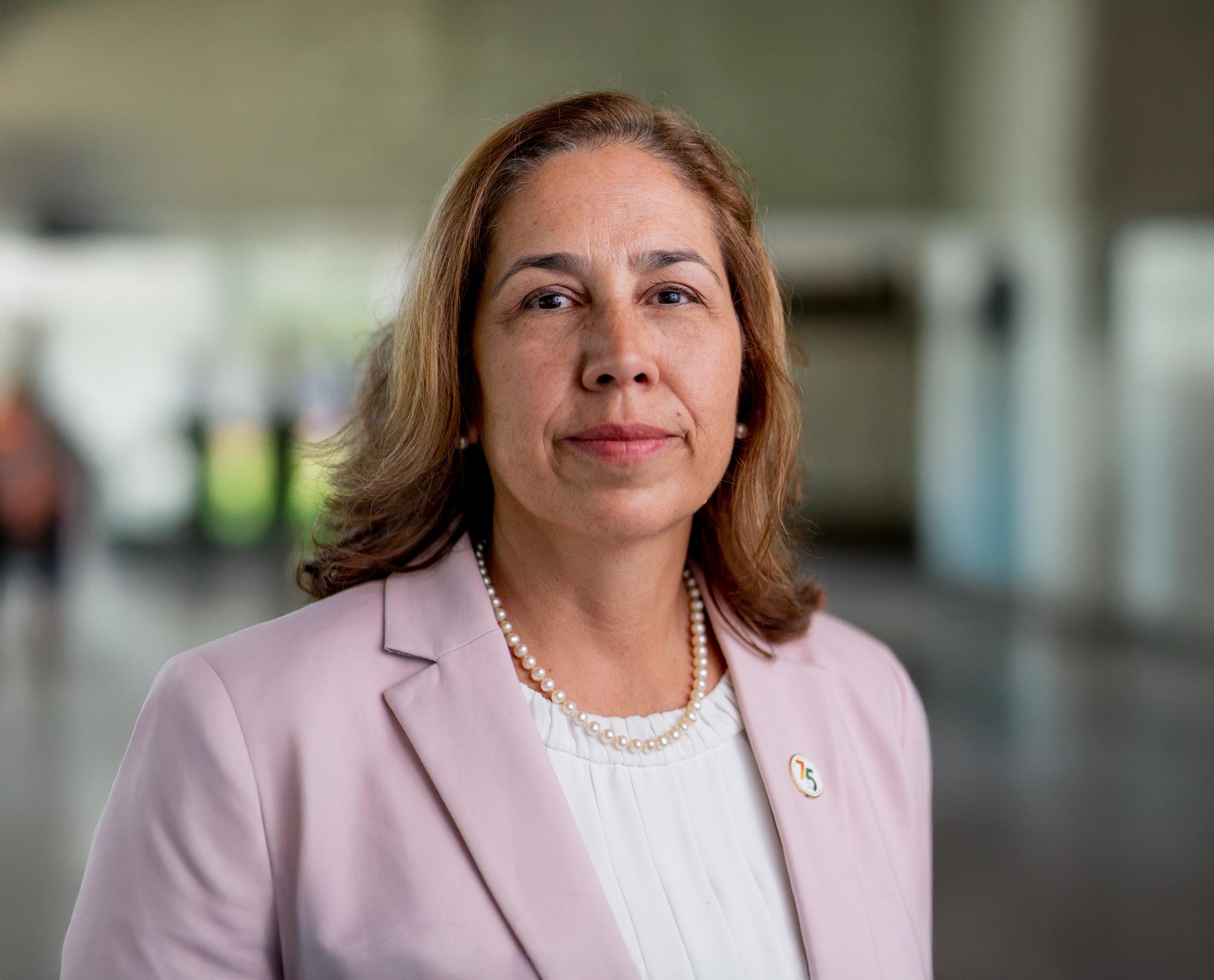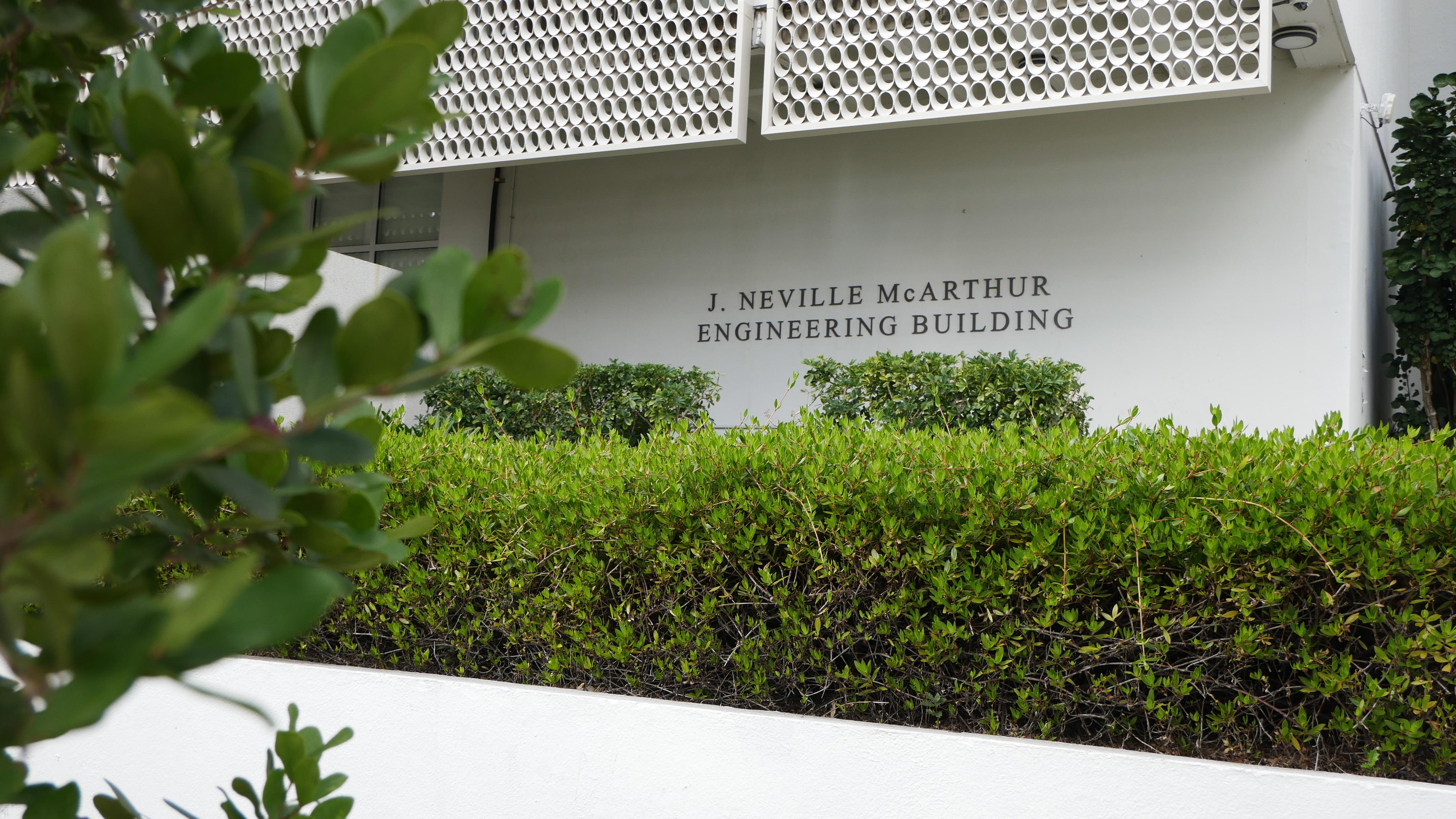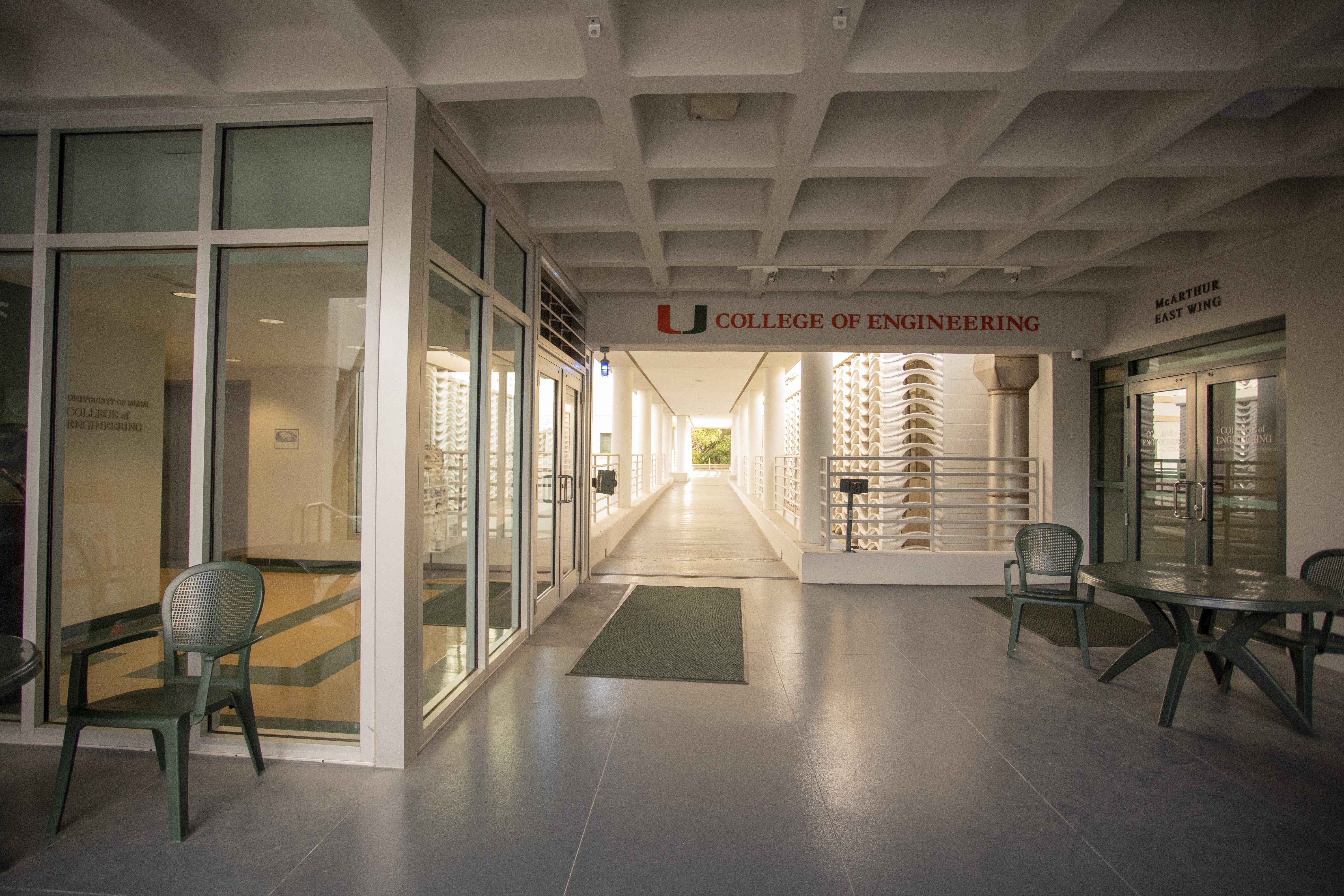
6 minute read
Teaching an Engineering Class with a Chatbot as a Teaching Assistant
Professor Derin Ural
Professor
of Practice,
Department of Civil and
Architectural
Engineering, College of Engineering, University of Miami, Florida, U.S.
Revolutionizing Pedagogical Approaches Through Artificial Intelligence

As an Engineering faculty member who has adapted to student centered pedagogies, including flipped and active learning through out my three-decade career, I was curious to pilot the use of an Artificial Intelligence (AI) chatbot to enhance my students’ learning experience. I witnessed that the integration of AI into educational settings is catalyzing profound changes in how diverse learners interact with course content and better engage in the learning process. With the ability to build course and topic specific chatbots, AI is increasingly employed to deliver tailored learning experiences for students. This article explores the implementation of a chatbot as a teaching assistant in an engineering course at the College of Engineering, University of Miami (UM). By examining its ability to elucidate com plex concepts, respond to student inquiries at any time of the day and enhance engagement, this pilot contributes to the growing discourse on AI’s role in higher education. The results, supported by both student feedback and scholarly research, underscore its transformative potential.
AI Chatbots: A Paradigm Shift in Education
The deployment of AI chatbots represents a significant shift in educational support methodologies, driven by a commitment to enhance student learning through technological innovation. As an engineering faculty member, there is a fundamental use for the chatbots to elaborate and explain concepts, and not to problem-solve. My decision to pilot a chatbot was based on research such as that from Tyton Partners underscoring the potential of AI to improve academic engagement. Concurrently, insights from Youth Today highlight the increasing reliance of learners on AI-driven solutions for academic and informational needs. As emphasized by The Chronicle of Higher Education, equipping educators with the requisite skills to effectively deploy AI tools is imperative for sustainable success for the generation of learners relying on AI driven solutions. Participating in professional development workshops at the UM, I was able to create, test and pilot chatbots for my engineering classes this year. Within engineering education, where mastering intricate theoretical and practical concepts is paramount, I found chatbots offer an adaptive, engaging and most importantly accessible means of addressing student inquiries on course content. Having traditional and non-traditional students in the class also proved that both groups benefitted from the chatbot, with students working full-time benefitting the most. The chatbot was an effective alternative to faculty office hours, for those working full-time.
Designing and Implementing the Chatbot Initiative
The chatbot “Kay” employed in my course was meticulously configured to align with course topics and learning objectives outlined in the syllabus. Naming the bot “Kay” was based on a living thought leader in the subject area, whom students were able to meet for one session during the semester. Chatbot Kay’s functionalities included answering technical questions, summarizing course content, comparing models, giving engineering best practice examples and retrieving information from prior interactions to personalize support. From an instructional perspective, aligning the chatbot’s outputs with course objectives necessitated significant initial investment in prompt design and customization, through iterative questions and answers, instructing the chatbot to share its references. After a period of testing the chatbot, it was ready to pilot with my students. Upon surprise to see a link to a chatbot on the syllabus, students were intrigued as they were introduced to the chatbot as a supplementary tool positioned to complement, rather than replace, direct instructional methods.
Key capabilities of the course specific chatbot included:
• Articulating detailed explanations of engineering principles.
• Offering concise recaps of topic highlights.
• Providing real-time responses to conceptual inquiries outside scheduled class hours, which was the most impactful attribute.
Students were encouraged to utilize the chatbot consistently through assignments that required them to first work without access to the chatbot, and then compare their findings to the summary provided by interacting with the chatbot. Students were then able to provide feedback to assess its efficacy. At the beginning of the semester, students interacted with Kay by posing one or two questions, through short conversations. As the semester progressed, their conversations began to flow naturally, with seven to nine questions about various course topics.
Empirical Insights from Student Feedback
A structured survey administered at the end of the semester for all students revealed compelling trends:
• Enhanced Learning Efficacy: 67 percent of student participants strongly agreed and 33 percent agreed that the chatbot facilitated a deeper understanding of complex material and bolstered their overall learning experience. They enjoyed interacting with the chatbot.
• Academic Confidence: 67 percent of participants strongly agreed and 33 percent agreed that the chatbot positively influenced their development as more capable and confident students. The chatbot was trained to have a growth mindset and polite tone, which was well-received by students.
• Universal Endorsement: 100 percent of respondents to the survey advocated for the continued integration of chatbots in future iterations of the course.
Students qualitative feedback further illustrated the chatbot’s impact and potential for future classes:

• “It was really helpful ... There was some information I kept on forgetting and the chatbot could always bring back information from previous sessions. It’s definitely a tool that can be beneficial for students, not for cheating or doing assignments for them, but in assisting them with portions they may not understand.”
• “As a full-time working single mother, the chatbot allowed me to continue my education … I was in a situation where I was falling behind in my coursework, and was thinking of dropping my courses. The chatbot interactions at late hours was instrumental in my success. All classes should have a TA chatbot!”
These reflections underscore the AI chatbot’s role in providing targeted and individualized academic support for the varying student needs.

Benefits of AI Integration in Engineering Education
The chatbot’s contributions extended beyond meeting immediate academic needs, delivering broader pedagogical advantages:
• Uninterrupted Accessibility: Its availability 24 hours a day and seven days of the week empowered students to seek clarification and reinforcement of topics regardless of the time and their location.
• Personalized Learning: Leveraging interaction data, the chatbot offered nuanced guidance tailored to individual learning trajectories. As a faculty member who developed the chatbot, having the ability to anonymously see the questions addressed by students allowed for reinforcement of topics during class hours.
• Class time Efficiency: By addressing frequently asked questions, it allows faculty to dedicate more time to advanced discussions and mentorship.
Envisioning the Future of AI-Enhanced Learning
The deployment of a chatbot as a teaching assistant in an engineering course yielded unexpected valuable insights into the potential of AI to augment traditional pedagogical approaches. While not a substitute for the depth of human instruction, the chatbot proved to be an invaluable complement, enhancing accessibility, engagement and efficiency. Student feedback as well as faculty experience in this pilot attests to the promise of AI chatbots as a transformative tool in education. As AI technologies continue to advance, their integration into academic settings in engineering education and beyond offers a compelling avenue for redefining the contours of teaching and learning in the 21st century.





